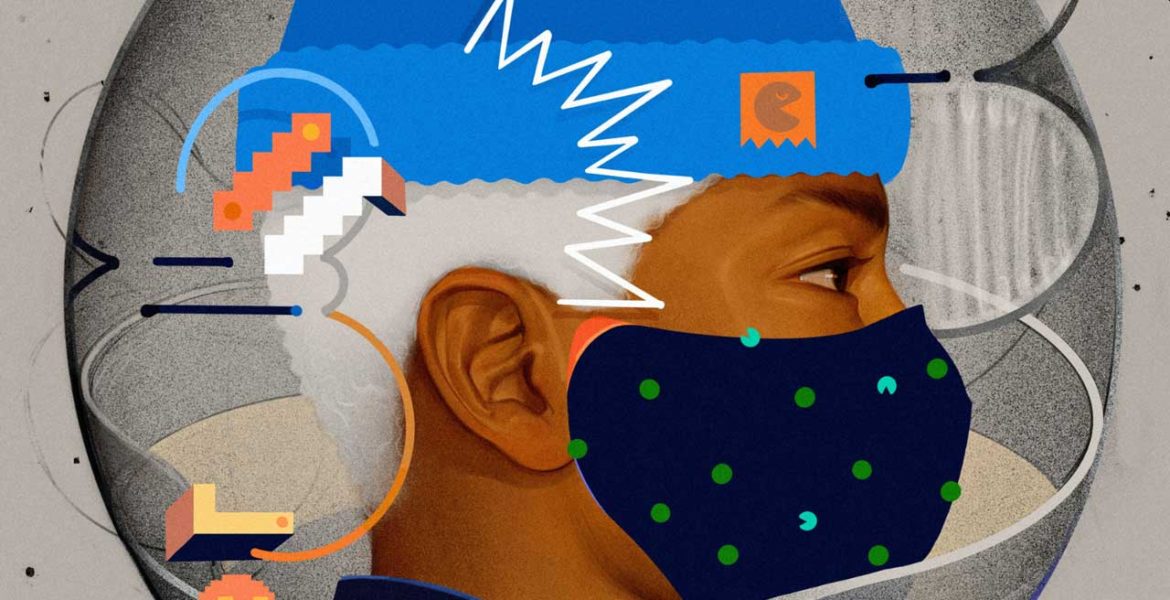Editor’s Note: This article is written by Steve Gorski, Strategy Director, Forsman & Bodenfors New York, and Andrew Carty, Head of Strategy, Forsman & Bodenfors Canada.
It’s no secret that COVID-19 has changed life as we know it. Just a few months ago, the sight of the U.S. Open tennis tournament played before empty stands, or the notion that a YouTube show hosted out of John Krasinski’s home office would overtake daytime mainstays like The Ellen Show would’ve been inexplicable.
The cultural landscape has indeed shifted dramatically, not only in reaction to COVID-19 but also to the widespread social uprising. This requires brands to adjust their strategies for marketing and reassess their role in the lives of the consumers they serve.
After conducting a survey and assessment of the new cultural landscape, Forsman & Bodenfors identified the top shifts brands should be watching:
- The tension between frugality and consumerism. While consumers have become thriftier – making groceries last longer and hacking solutions to household products – there has also been an increase in boredom shopping and panic buying. As consumers manage financial uncertainty and the desire to find comfort, brands that offer clear value propositions and utility will be the ones that succeed.
- The need for more creativity. In the absence of normal daily activities, like commuting, dining out and socializing, people are getting more creative about what they do with their time. This demand is only going to increase as people look for ways to combat the always-on WFH lifestyle. Brands like LEGO, which offered free “building tasks” for children and parents during the pandemic, or Headspace, which made mindfulness exercises free, will forge resilient and lasting relationships with their consumers.
- Tech is taking center stage. With the home transformed into the new office, school, playground and gym, technology is dominating consumers’ lives even more than before. Apps like Houseparty and TikTok demonstrate the way technology can foster social connection when we need it most. Expect brands that were previously low tech to quickly embrace high-tech solutions to deliver experiences reminiscent of the pre-COVID world.
- Transparency is a mandate. Transparency is no longer just a buzzword. It is now a top priority for consumers who are increasingly conscious of brands that use their resources to make a difference and advance equality. Now more than ever there is an emphasis on the cohesion between brand communications and business practices.
- People are taking back authority. Recent missteps by corporations, government agencies and police departments have made many consumers question if these organizations truly have their best interests in mind. In response, there will likely be a shift back to the notion of “by the people, for the people.” eBay’s Up & Running campaign – designed to help struggling sellers get back on their feet – is a great example of how brands can empower their consumers.
- Community trumps individualism. COVID-19 and the civic uprising against racial injustice have reminded many of us that we’re more alike than we are different and that there’s power in our common ground. Based on their actions — including donations to relief funds, citywide cheers for healthcare workers, and protests against police brutality — it’s clear that consumers understand the need to adopt a society-wide collectivist mentality.
- Relationships will need to be rebuilt. The events of recent months have changed how we relate to one another and challenged our relationships. For example, while some marriages have broken under the strain of cabin fever, others have grown stronger. Brands will need to adapt to the nuances of post-pandemic relationships and provide tools to foster connectivity. For example, in an effort to encourage more relationships in the midst of social distancing, Tinder made its Passport feature free to all users, allowing them to connect with people all over the world.
- Our relationships with ourselves will be stronger than ever. Months of isolation have allowed for plenty of self-reflection, often manifesting itself in an obsession with self-care and learning new skills. From journaling and meditation to baking bread and studying languages, quarantine life has forced people to focus on the things that are most important in their lives. Brands that champion personal growth and well-being are likely to thrive.
The bottom line
The rapidly shifting culture creates challenges as well as opportunities for all brands. The consumer landscape – especially our values, behaviors and expectations – has been transformed. Brands that recognize and adapt to these changes will quickly rise to the top in the coming months, but brands that try to stick to the pre-COVID playbook will likely falter.

